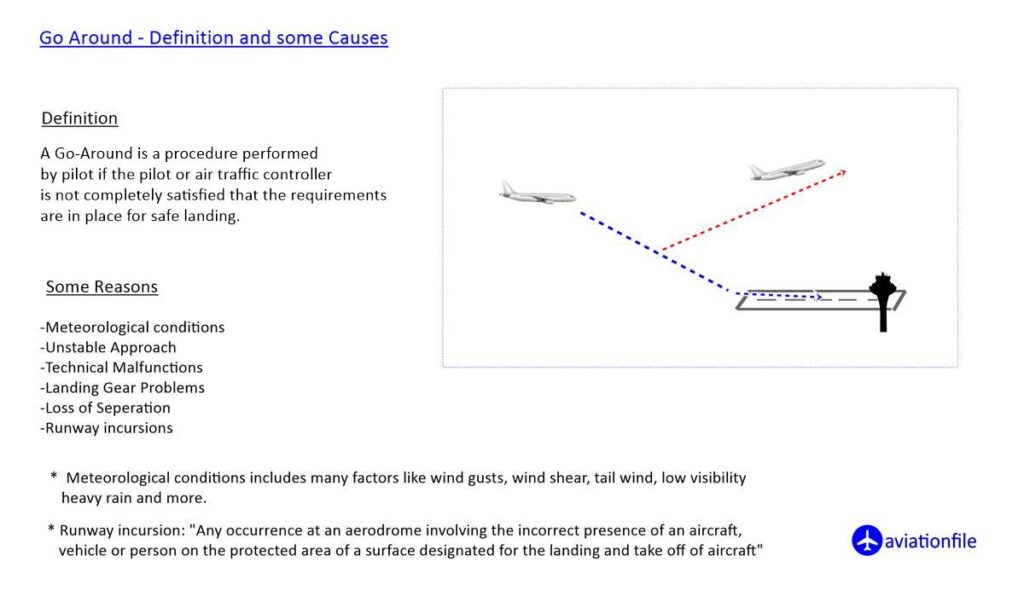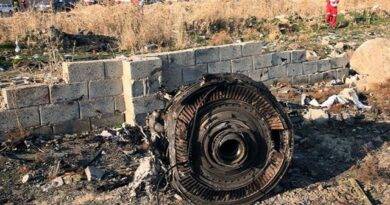Baulked Landing: Understanding the Aviation Nuance
In aviation, safety procedures and contingencies are paramount, ensuring pilots have strategies for all conceivable scenarios. One such procedure is the baulked landing, a critical maneuver that demands precision and sound judgment. This article explores what a baulked landing is, its nuances, how it differs from a go-around, and why understanding these concepts is essential for pilots and aviation enthusiasts.
What is a Baulked Landing?
A baulked landing occurs when a pilot abandons the landing process after committing to the final approach. Unlike a go-around, which may be initiated earlier in the approach phase, a baulked landing is typically executed at low altitudes or when the aircraft is nearly at the runway threshold.
Common Reasons for a Baulked Landing:
- Obstructions on the Runway: Unexpected vehicles, animals, or other aircraft crossing the runway.
- Unstable Approach: The approach is no longer within acceptable safety parameters.
- Sudden Weather Changes: Crosswinds, gusts, or poor visibility may make landing unsafe.
- Technical Issues: Problems such as an undeployed landing gear or incorrect flap settings.
- Air Traffic Control (ATC) Instructions: Directives to avoid a landing due to runway congestion or emergencies.
How Does a Baulked Landing Work?
Executing a baulked landing involves specific steps that differ slightly from a standard go-around due to the proximity to the runway:
- Thrust Application: Pilots must immediately apply full or appropriate thrust to maintain lift and prevent stalling.
- Pitch Adjustment: Nose-up pitch is introduced carefully to establish a climb rate.
- Retract Landing Gear (If Required): Depending on the aircraft type and altitude, pilots may retract the landing gear.
- Communicate with ATC: Inform air traffic control about the situation and receive instructions for rejoining the landing sequence or diverting to another airport.
Differences Between Baulked Landing and Go-Around
While both a baulked landing and a go-around are safety maneuvers, there are key differences:
| Aspect | Baulked Landing | Go-Around |
|---|---|---|
| Timing | Initiated during the final landing stage, close to the runway. | Initiated earlier in the approach phase. |
| Altitude | Low altitude, often within seconds of touchdown. | Higher altitudes, typically during approach. |
| Reason | Runway-specific issues or late-developing problems. | General approach instability or ATC directives. |
| Urgency | High, as the aircraft is close to the ground. | Moderate, with more time to adjust. |

Nuances and Challenges of a Baulked Landing
A baulked landing presents unique challenges due to the aircraft’s low altitude and high energy state:
- Energy Management: Transitioning from descent to climb while managing thrust and speed is critical.
- Low Margin for Error: Close proximity to the ground allows minimal time for corrective action.
- Aircraft Configuration: Flaps and landing gear settings may not align perfectly with a sudden climb, requiring quick adjustments.
- Pilot Workload: Managing communication, control inputs, and situational awareness simultaneously.
The Importance of Training and Standard Procedures
The execution of baulked landings is a mandatory part of pilot training. These scenarios are simulated to ensure that pilots can respond swiftly and confidently. Key training elements include:
- Recognizing Triggers: Identifying when a baulked landing is necessary.
- Simulated Practice: Rehearsing in flight simulators to build muscle memory.
- Post-Maneuver Strategy: Preparing for re-approach or diversion after the maneuver.
Real-World Examples of Baulked Landings
Several notable incidents in aviation history demonstrate the importance of baulked landing procedures:
- Near-Miss Avoidance: Instances where pilots executed a baulked landing to avoid a collision with runway obstacles.
- Weather-Driven Baulks: Sudden crosswinds leading to pilots abandoning landings at the last moment.
Conclusion
A baulked landing is a critical safety maneuver designed to ensure passenger and crew safety during challenging landing scenarios. Its successful execution requires robust training, quick decision-making, and precise control of the aircraft. Understanding the differences between baulked landings and go-arounds highlights the complexity of aviation safety protocols.
Whether you’re an aviation professional or an enthusiast, appreciating these procedures deepens your respect for the skill and dedication of pilots and the systems that prioritize flight safety.
References
- International Civil Aviation Organization (ICAO): https://www.icao.int
- Federal Aviation Administration (FAA): https://www.faa.gov
- Skybrary: https://www.skybrary.aero
- Aviation Safety Network: https://aviation-safety.net


